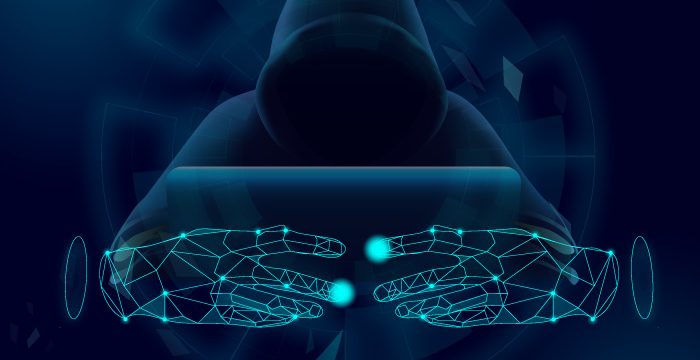With the specter of advanced cybersecurity threats always on the horizon, enterprises are seriously considering harnessing the power of machine learning and automation to fight against these threats. For good reason too – a cybersecurity survey suggested that organizations with an extensive use of automation rated themselves as much more likely to prevent, detect, respond and contain a cyber attack.
These concepts are getting increasingly important in today’s changing era of fast-growing cyber threats but what do they mean exactly? Machine learning basically refers to computers learning from data instead of receiving explicit programming. Through such machine learning algorithms, computers are fed huge datasets and parse through them to recognize patterns or co-relations through extended data analysis.
The importance of machine learning
Machine learning is becoming a common feature in more and more industries and cybersecurity has not lagged behind. An ABI Research report estimated that machine learning in cybersecurity will boost big data, intelligence and analytics spending to $96 billion by 2021. It is quite clear why there is such extended growth – machine learning allows business to offer a better response and bolster their own defense when it comes to the big, bad world of cyber threats. Security companies are rejigging the solutions they offer in tune with this trend. They are moving from signature-based systems to layered solutions where machine learning systems interpret data to better detect malware.
Some of these advantages are:
Making Sense of Data – The amount of data that can be collected for cybersecurity is humongous. While the sheer size and amount of data may be too much for humans alone to analyze, this is where machine learning can step in. By analyzing and processing big amount of data, it may be possible to find patterns or categories of certain behavior which can be used to fight advanced cybersecurity threats.
Using Automation for Better Protection – Different threats can have different attack points for an enterprise and even one threat may attack different touchpoints in different ways. This is where automation can do a much more effective job. By understanding the predicted behavior and touchpoints of a potential attack, automation can create better protection measures across touchpoints suited to exactly the type of predicted attack.
Using A Cluster-based approach for better detection – Quick Heal already uses machine learning to solve various cybersecurity problems using a cluster-based approach, illustrated in this whitepaper. Sample are clustered through machine learning with each cluster having samples similar to each other. These generated clusters are huge and processing them happens through machine learning where they are aggregated, analyzed and automated. The data is then labeled and processed to generate models. After scrutiny on numerous factors including time, size, quality, they are qualified for endpoint deployment.
Machine Learning and automation will be great weapons in the fight against advanced cybersecurity threats but it also need to be backed up with a combination of data science and human expertise.





No Comments